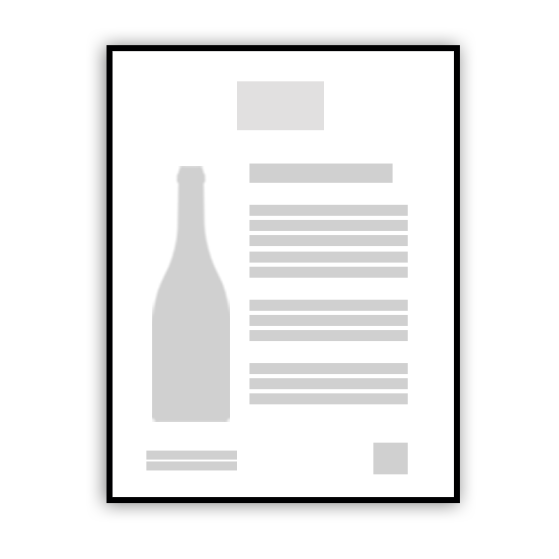Presentation
Presentation
The Bordeaux vineyards are home to a large number of châteaux and manor houses built by the Bordeaux nobility: most of them were built in the 16th century and have become symbols of refinement. The wines produced there became, from the middle of the 16th century, exceptional products with an international reputation
Location
Bordeaux is the largest vineyard for appellation wines in the whole of France. Situated in the South West near the Atlantic, it is crossed by the rivers Garonne and Dordogne and enjoys a temperate maritime climate. The richness, the quality and the diversity of its wines derive from the particular character of the terroirs, the experience of the winegrowers and the art of blending. The tide, which flows up both of the region's rivers, brings very specific characteristics to the wines. With its huge size, Bordeaux reds offer an infinite palette of flavours and combine their qualities in myriad different ways.
Winemaking
Destemming and crushing of the grapes. Thermovinification of part of the harvest to obtain a must rich in colour and fruity aromas. Alcoholic fermentation (controlled temperature, selected yeasts) and maceration of the skins for around 3 weeks to obtain a rounded wine with good structure. Part of the blend is aged in oak to add complexity to the wine's aromas without excessive oakiness.
Varietals
Merlot : 65%
Cabernet sauvignon : 25%
Cabernet franc : 10%
Cabernet sauvignon : 25%
Cabernet franc : 10%
Advice
Taste profile
Rouge rond boisé
Tasting
Intense, dark red colour. Ripe, fresh fruit on the nose, subtly oaked with vanilla and toasty notes. Full and round on the palate, with a fruit-driven balance, lightly oaked (40% of the wine is oaked). An authentic Bordeaux.
Food pairings
Serve at between 16 and 18°C with meat and cheeses.

